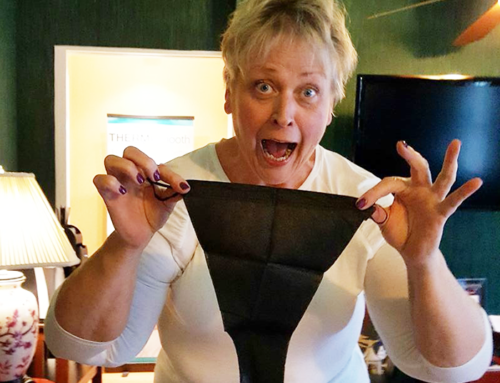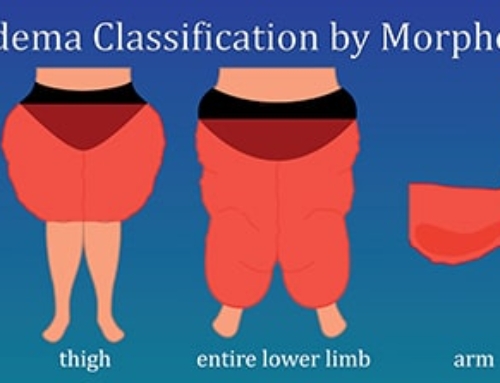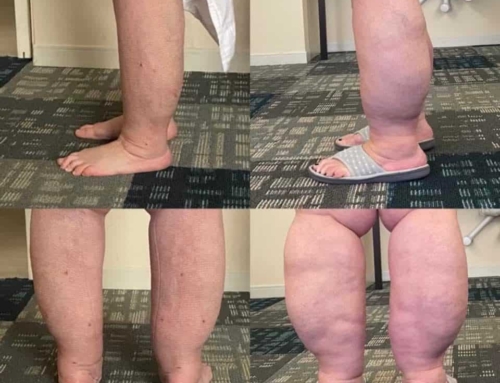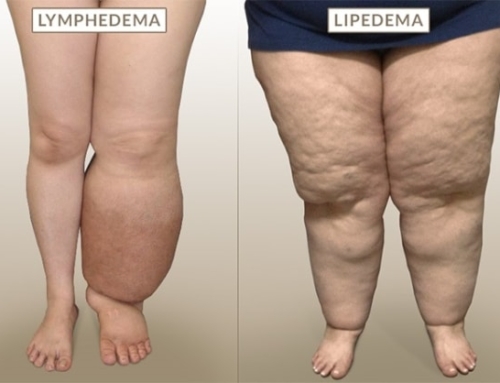By Denise Bennett
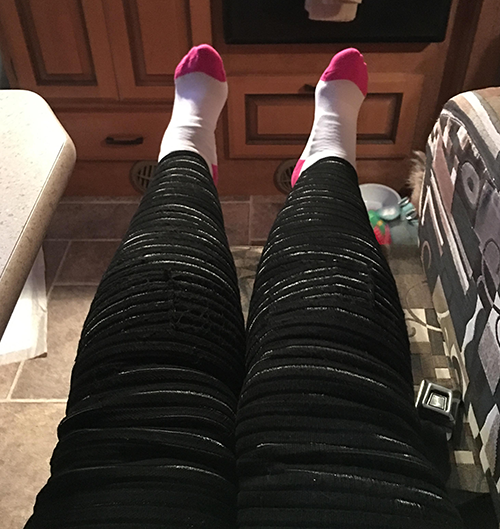 Though no one seems certain what causes Lipedema, and what its genetic link is, there is strong evidence of hormonal and hereditary influences. Many people with lipedema have a family history of similarly enlarged legs or arms. This is true in my family.
Though no one seems certain what causes Lipedema, and what its genetic link is, there is strong evidence of hormonal and hereditary influences. Many people with lipedema have a family history of similarly enlarged legs or arms. This is true in my family.
I know how my mom felt; how she carried a heavy burden of guilt when she saw that my legs were not “normal.” She had lipedema, and I know that she was saddened to realize that I had inherited it from her. I recall when I was 13 years old I was practicing for tryouts for a cheerleading team for our church basketball conference. I went to practice every single day. Already, it was hard for me to keep up. All the cheering routines were focused on leg-ability. I was struggling, but I desperately wanted to be a part of the group.
I remember coming home from practice one night, and my legs were exhausted and aching. Mom made the comment that my legs were looking thinner. That was probably the first time I realized that my legs weren’t thin; that my knees were oddly shaped; that they looked different than every other girl my age. I’m sure she didn’t mean anything hurtful about that comment, but it became the barometer for me. I started searching for my knee caps, measuring my calves and quit the cheerleading practice.
Now, all these years later, I know how she was feeling. She was worried, and at the same time didn’t want to draw attention to my legs, or to hers. I have nieces. I find myself watching their legs. I zoom in on pictures of them and focus in on their knees, ankles, arms and calves. I worry that some may have lipedema and I know that with each passing year, with each dose of birth control, with each baby that will be born somewhere out there in their future, or years from now when they approach menopause, the risk of lipedema growth goes up. And I feel bad about it, like there’s something I could have done to make it all different… better. But there is not.
They all know my story. They all knew there was something wrong with their grandma’s legs. It’s not like it is something that you can hide forever.
What I have learned over the last couple of years is to be honest with them. I have been very open and candid about the fact that I have Lipedema, the change in diet that seems to be beneficial, the surgeries, the compression garments, the warning signs, the need to keep your weight under control as best as you can. I have shared ALL the information that I have. The rest is up to them. Genes play a role in all of this, and there really isn’t anything anyone can do about it and feeling bad that they inherited the gene doesn’t accomplish anything for them or for me.
Going forward the focus needs to be on prevention. I talked with Dr. Marcia Byrd about this recently. She said, “the most important information to convey, whether in initially controlling the onset and growth of lipedema or the management of lipedema after surgery is the necessity to eat a diet that is low in carbohydrates, wear compression garments and walk.” Liposuction for Lipedema is not a magic bullet. It is a tool in our toolbox for managing this disorder/disease. We cannot expect that the last date of surgery is the end of this battle. Instead, it seems it is the day that we are handed the armor that is necessary to keep fighting.
I feel sad about that. But I knew this going in. I knew that liposuction wasn’t the fix, but a means to a better opportunity and outcome. Dr. Byrd’s reminder was a good one, for me, for all of us. A reminder that there is no “quick fix.” A reminder that we must be committed to maintaining our results to the best of our ability for the rest of our lives.
© 2019 Lipedema Surgery Center. All rights reserved.


